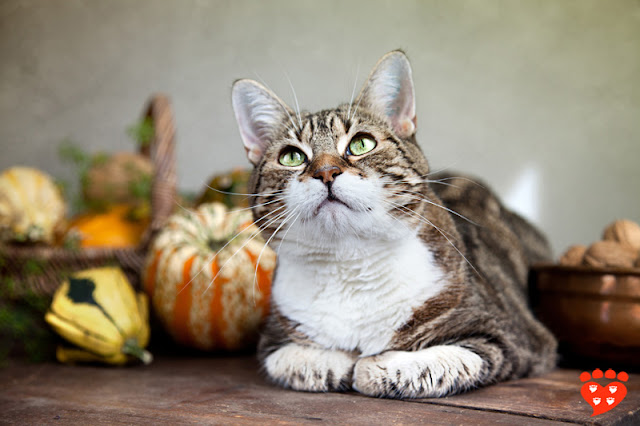Can Synthetic Pheromones Help With Aggression in Multi-Cat Households?

Synthetic cat-appeasing pheromones (Feliway Multicat) can help with aggression between cats that live together, according to this research. Photo: Samarsky / Shutterstock By Zazie Todd, PhD This page contains affiliate links which means I may earn a commission on qualifying purchases at no cost to you. Cat owners know only too well that cats can be choosy. As solitary hunters, the domestic cat can do just fine alone and does not have to be friends with other members of the species. On the other hand, cats can live in social groups, especially in colonies of female cats and their offspring, when female cats will help care for each other’s young. Many people have multiple pet cats and they aren’t always friends. It is obvious cats don’t get along if they fight. But there are also more subtle signs of cat aggression, such as when one cat blocks another cat’s access to a resource like the litter box. As well as bouts of aggression, when cats don’t get along they may hold urine f




